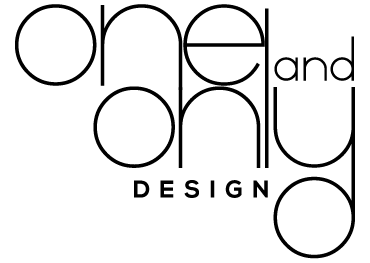
As businesses and individuals become more reliant on the internet and cyber threats become more sophisticated, website hacking has become a serious concern. In addition to data breaches and financial losses, a hacked website can damage your reputation as well as cause you legal repercussions. In the booming digital age, website hacking prevention is of paramount importance. It is common for hackers to attack websites for a variety of reasons, but financial incentives are always the first choice. It is possible for these individuals to attempt to steal sensitive financial information, bank or credit card details and then sell it on the dark web or use it for fraudulent activities.
Websites may be targeted to steal valuable data, including intellectual property, trade secrets, proprietary algorithms, and confidential customer information. These data can be sold to competitors, used for industrial espionage, or exploited for personal gain. Protecting your website and its visitors from malicious attacks requires the implementation of essential security measures. Several key strategies will be discussed in this blog about website security measures.
Secure your computers with a firewall
A firewall is a piece of software built into Windows and MacOS that creates a barrier between your information and the outside world. The purpose of firewalls is to prevent unauthorized access to your business network and to alert you of attempted intrusions.
It is important to ensure that the firewall is enabled prior to going online. A hardware firewall is also available from various manufacturers, depending on your broadband router which also has a built-in firewall. Larger organizations can opt for a business networking firewall to ensure essential website security.
Maintain software
The importance of maintaining up-to-date software can’t be overstated in terms of keeping your website secure. Your website’s operating system and any software you may be running on it, such as a content management system or discussion forum, are both subject to this requirement. The moment security holes are discovered in software, hackers immediately attempt to exploit them. Considering the complexities of the cyber world, webdesign companies must adopt website security best practices.
Two-factor authentication and strong passwords
In addition to your password, two-factor authentication adds another level of security to your login process. It is just another important step toward website hacking prevention. Using two-factor authentication is one of the best ways to ensure that your online accounts are protected from even the most sophisticated hackers, according to security experts. The most common entry point for hackers is weak passwords. The best way to make sure that users are creating strong passwords is to encourage them to use a combination of upper and lower case letters, numbers, and special characters. Furthermore, two-factor authentication increases security by requiring users to provide a second form of identification, such as a one-time code sent to their mobile phone.

Always Back up
You should protect your data regardless of whether it is photographs, documents, video files, or confidential information and protect against website hacking. Data loss can compromise your personal identity, and even lead to your organization’s bankruptcy. It is never a pleasant feeling to discover that your data has been lost in its entirety. A regular backup of your website’s data is essential in the event of a successful hacking attempt. It is possible to restore your website to a previous, uncompromised state through backups, thereby minimizing downtime and data loss. Depending on your preference and the capabilities of your hosting provider or backup solution, backups can be performed manually or automatically.
Be suspicious of uploaded files
It is risky to allow users to upload files to your website. Viruses, malware, and backdoor scripts can be found in malicious files. As per the top web design and development companies, if you are dealing with uploaded files, you should be extra cautious and employ strict measures. In an ideal scenario, users should only be permitted to upload files if they are trusted, such as administrators or authorized personnel. File types and sizes that users are permitted to upload should be restricted; uploaded files should be scanned for malicious software and user input should be sanitized to prevent possible code injection vulnerabilities. Adding an approval process, in which uploaded files are manually reviewed and verified before becoming public, enhances security.
Recent Blogs
20 printing processes and design tips to optimize your packaging and printing projects
9 Guidelines & Best Practices for Exceptional Web Design and Usability
How to Improve Your IT Business’s Customer Experience with UI/UX Design
Categories
Categories
- Branding (13)
- Case Study (6)
- Digital (50)
- Digital Marketing (37)
- Graphic designing (3)
- Performance marketing (2)
- Print and Packaging (2)
- UI/UX Design (11)
- Uncategorized (4)
- Web designing (13)
- Web Development (8)

